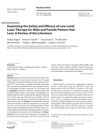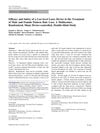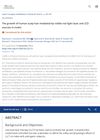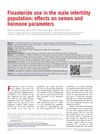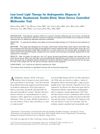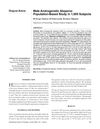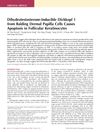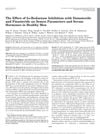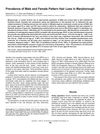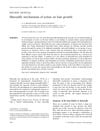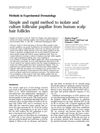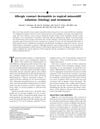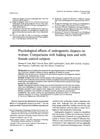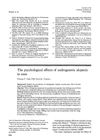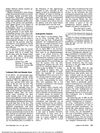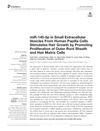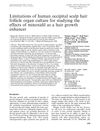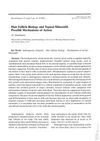Induction of Hair Growth in Hair Follicle Cells and Organ Cultures Upon Treatment with 30 kHz Frequency Inaudible Sound via Cell Proliferation and Antiapoptotic Effects
January 2022
in “
Biomedical Reports
”
inaudible sound 30 kHz frequency cell proliferation antiapoptotic effects human dermal papilla cells hDPCs outer root sheath keratinocytes dihydrotestosterone DHT hair follicle elongation hair matrix keratinocyte proliferation hair follicle organ culture Vascular Endothelial Growth Factor VEGF catagen-related secretion factors DKK-1 TGFβ1 androgenic alopecia cell growth anti-cell death effects outer root sheath cells hair follicle growth hair cell proliferation hair follicle culture hair loss factors TGF-beta1 male pattern baldness

TLDR Inaudible sound at 30 kHz can boost hair growth and decrease hair loss by promoting cell growth and reducing cell death in hair follicles.
The study demonstrated that inaudible sound at 30 kHz significantly increased cell growth and reduced cell death in key components of hair follicles, namely human dermal papilla cells (hDPCs) and outer root sheath keratinocytes. This frequency also significantly reduced hair loss signals triggered by dihydrotestosterone (DHT) treatment in hDPCs. Additionally, it promoted hair follicle elongation and hair matrix keratinocyte proliferation in human hair follicle organ culture. The study also found that inaudible sound significantly increased the mRNA expression levels and concentration of Vascular Endothelial Growth Factor (VEGF), a growth factor that enhances hair growth, and reduced the concentrations of catagen-related secretion factors, DKK-1 and TGFβ1, which are associated with hair loss. The study concluded that inaudible sound could be a potential new approach to hair loss treatment. The study was conducted using hair biopsy specimens obtained from three male patients with androgenic alopecia.
